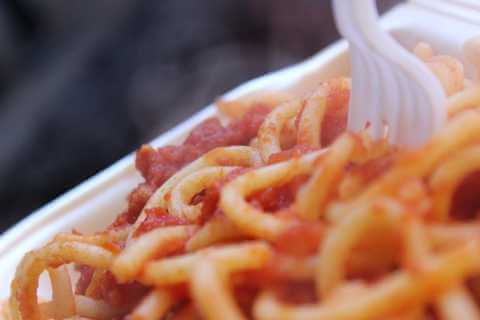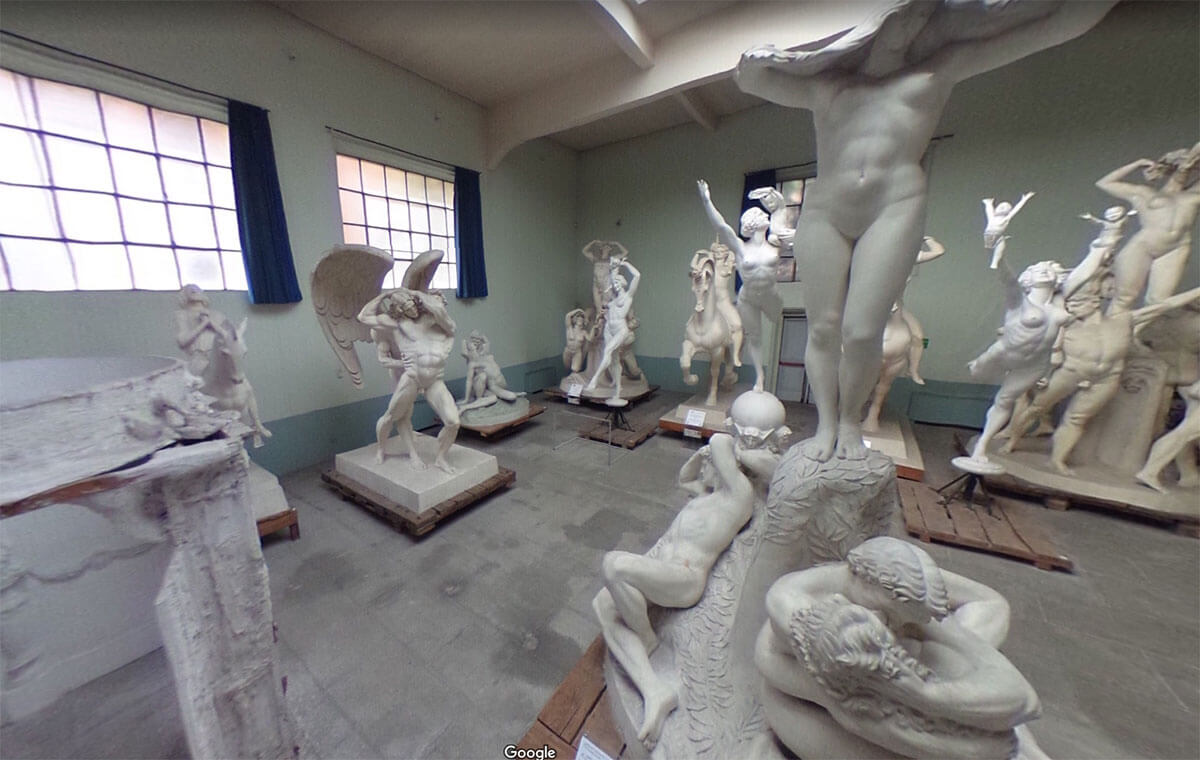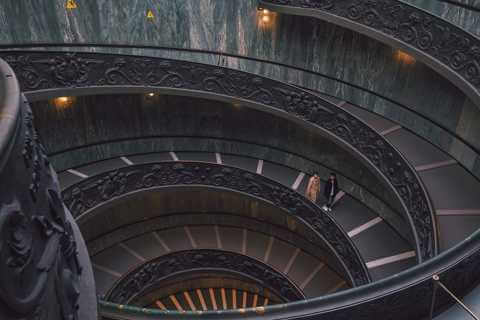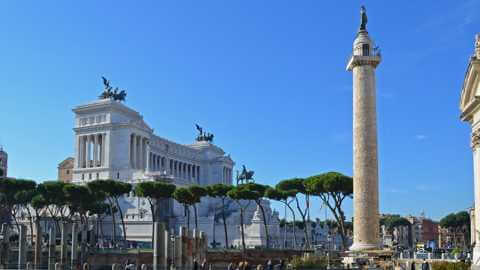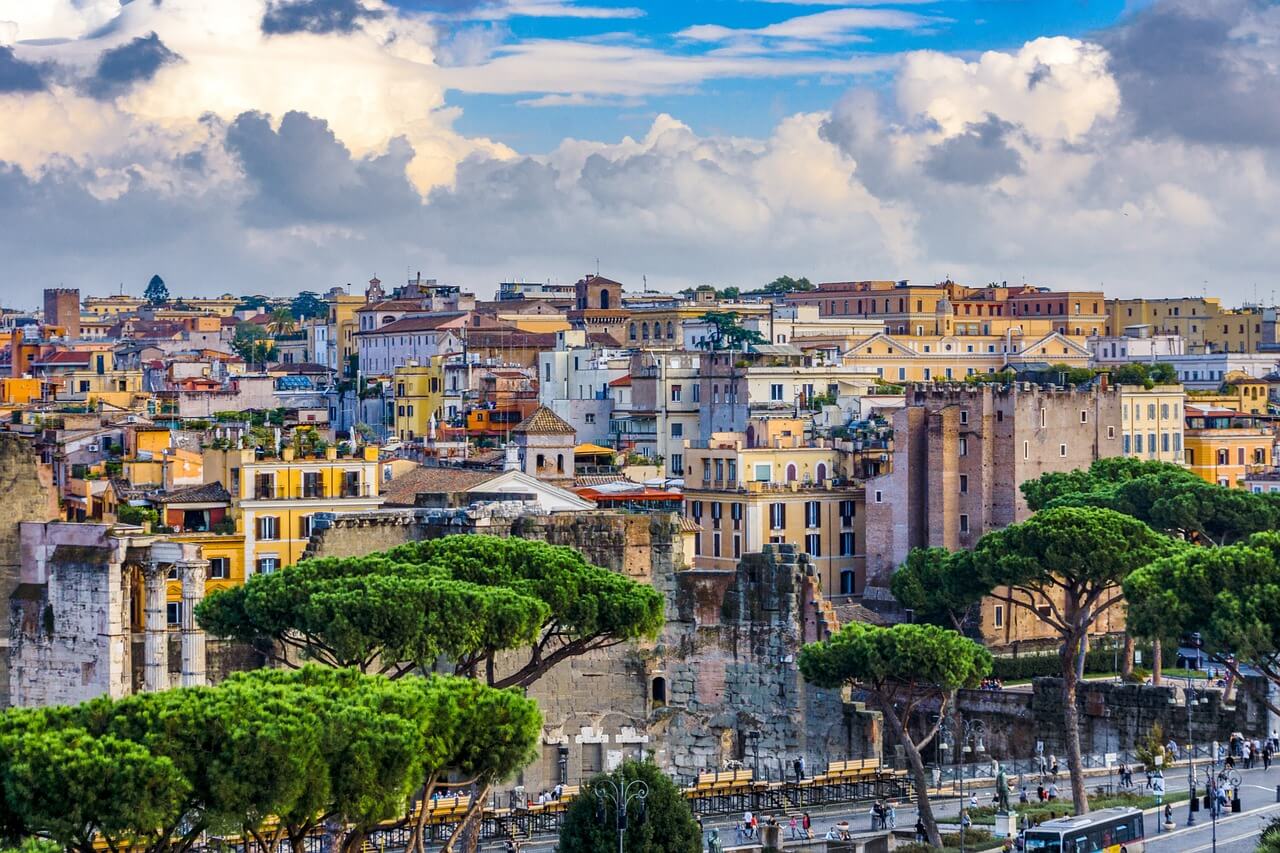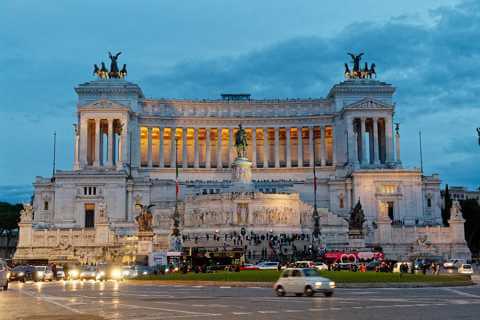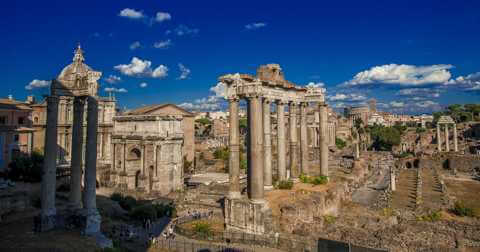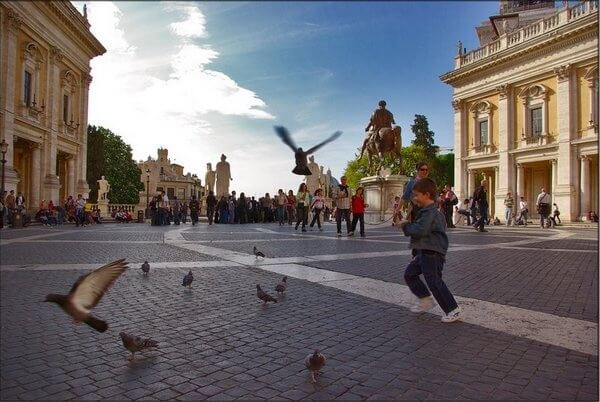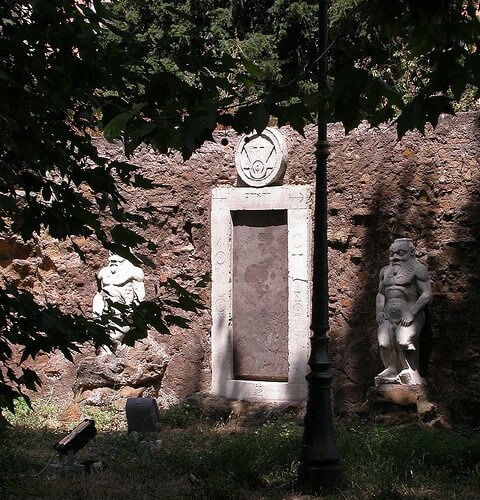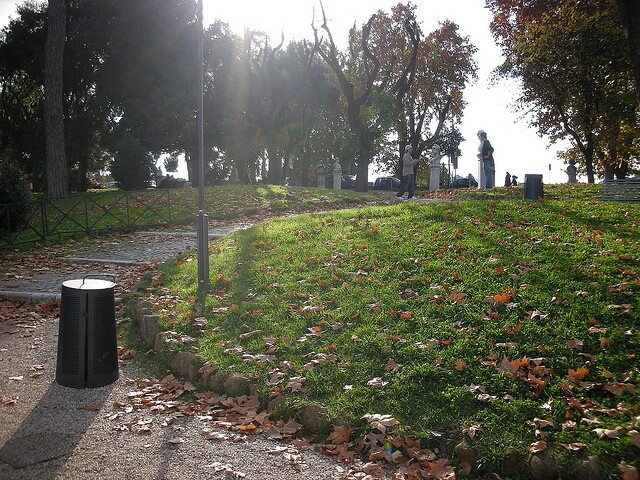Tips
Lovers of good food who come to the capital express their desire to satiate themselves with the dishes of Roman cuisine. But what is there to eat in Rome that is typical and satisfies the palate?
Let's say right away that in Romegenerally eat well. Or rather, 'se magna'. Roman gastronomy is a triumph for the stomach, which is satisfied and even spoilt for choice.
If we talk about what is now called street food, in Rome it is possible to taste, at many small vans adapted as snack points, hearty homemade sandwiches with the famous porchetta from Ariccia, the well-known locality in the Castelli Romani that has made roast suckling pig a real boast.
Needless to add that you can also choose the classic sausage sandwich: in short, a feast for carnivores the world over. In the Roman-run friggitorie, you can find the inimitable supplì and fried calzoni, which may be bad for the liver, but are an unparalleled joy to the palate.
If, on the other hand, you want to try the gastronomy and are undecided about what to eat in Rome typically, we suggest you go to those small trattorias that the Romans call 'bujaccari', i.e. not very formal and perhaps not even very well furnished haunts, but where you can taste genuine and original cuisine.
Rome, site of a historic slaughterhouse in the Testaccio district, has always been a carnivorous city, and the inventiveness of the cooks has been able to create poor but decidedly tasty dishes such as the famous rigatoni con la pajata (the suitably cleaned cow's intestine); or tripe drowned in a sea of sauce and grated pecorino cheese; but also the coda alla vaccinara, with whose sauce the pasta is seasoned and then decidedly focused on beef.
I first courses such as carbonara and theamatricianaAlthough they are not Roman but from Lazio, they have been adopted by Rome, which, however, expresses its own personal taste in pasta cacio e pepe and in gricia (a white 'matriciana' called the true 'matriciana').
Do not forget artichokes alla giudia, a second course where the Romanesco artichoke (the cimarolo or mammola) is cooked in a pan of extra virgin olive oil until it is totally roasted, taking on its classic golden colour.
If you come to Romeavoid tourist restaurants and devote a little of your time to finding some bujaccaro sincere. Your throat will thank you and your body will thank you too if you have the opportunity to stay in a B&B in Rome like the Aurelia Garden Gold where you can rest and recover your energy.

